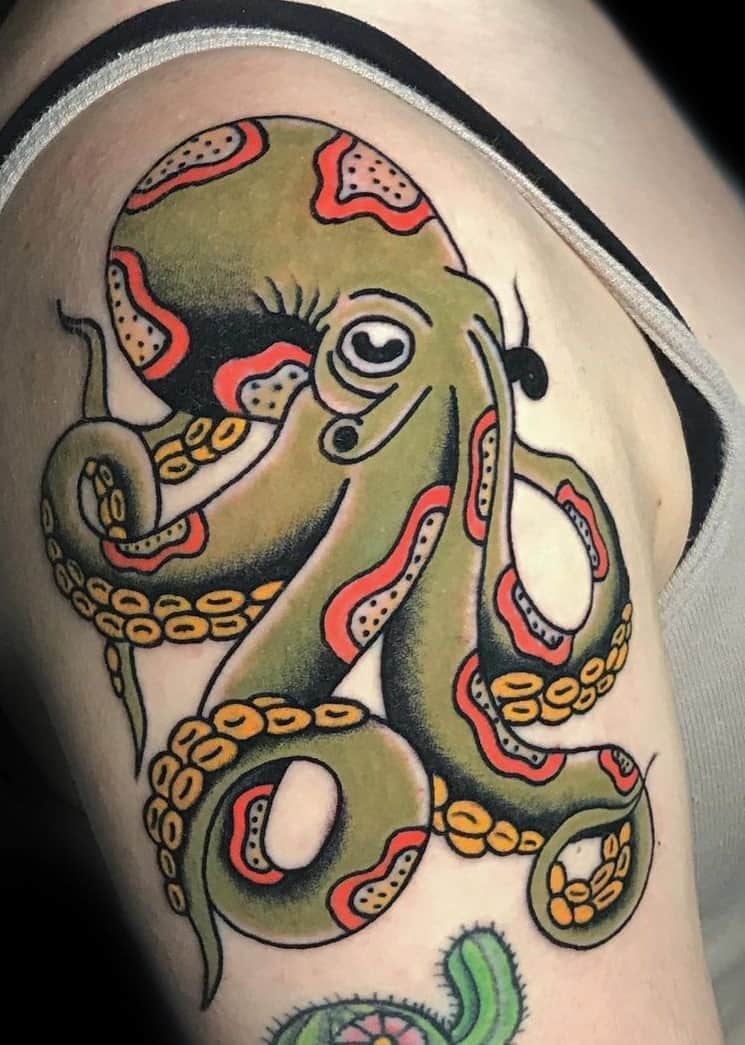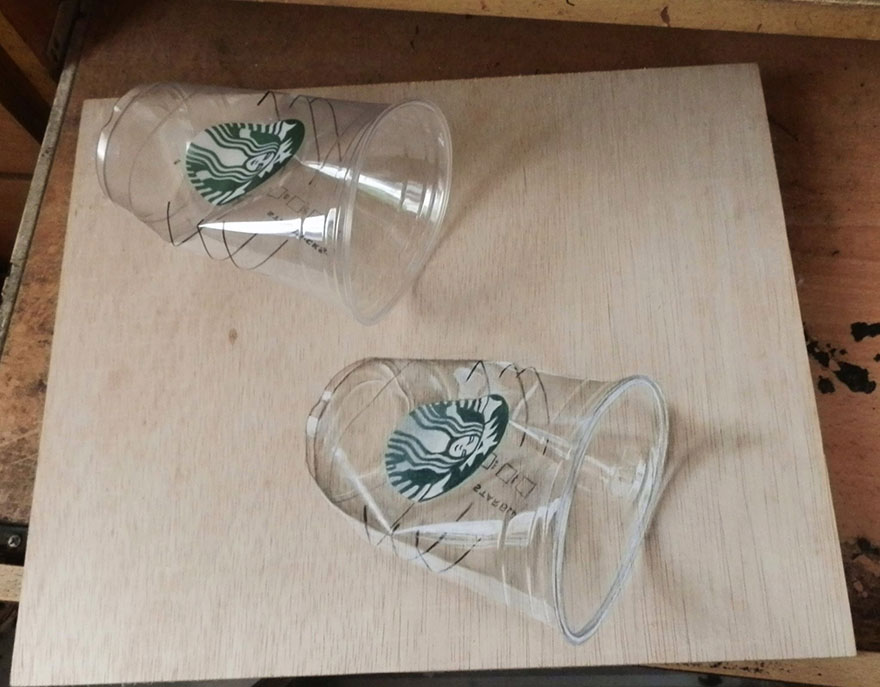

Rich deposits of metal ores are found throughout the earth’s crust. How can glass be made out of sand? Interestingly, when silica is heated, it melts and becomes glass, hardening as it cools. More commonly known as sand, silica is a major component of glass. Because of this, the most abundant mineral in the earth’s crust is silica (silicon dioxide). The two most common elements in the earth’s crust are oxygen (46%) and silicon (28%).
The 4 elements of nature drawings full#
The earth is full of a wide variety of rocks and minerals which provides the soil to grow vegetation and support life. Science Lesson: The Four Elements in Everyday Life First Element: Earth For example, water at room temperature is a liquid whereas a rock at room temperature is solid. Of course, the temperature at which a matter is a solid or a liquid depends on what substance the matter is made of. As a general rule of thumb, the colder the matter is, the closer the atoms are to each other, and the warmer the matter is, the farther the atoms are apart. Temperature plays an important role in how the atoms are aligned in a substance. Examples of plasmas include lightning, solar wind, the sun, fluorescent lights, and neon signs. Plasmas are able to carry an electrical current and generate magnetic fields.


Examples of liquids include room temperature water, room temperature mercury, and hot lava (molten rock). This allows a liquid to take the shape of whatever container it is placed in. In a liquid, the atoms are close together but can move around each other.Examples of solids include rocks, wood, metal, and ice. In a solid, the atoms are packed closely together in an ordered pattern and cannot move, giving a solid a definite volume and shape.How atoms are arranged in an object determines whether it is a solid, liquid, gas, or plasma.

(Click here to learn more about bonding.) Mass is how much matter is in an object whereas volume is how much space the object takes up. Bonding occurs among atoms to make larger molecules. Matter is anything that has mass and volume and is made up of atoms, which are the smallest particles of matter. This is similar to what really happens with elements and all molecules at an atomic level. While we do know now that these previous theories are false, in a way the four elements do align with the four states of matter that modern science has agreed on: solid (earth), liquid (water), gas (air), and plasma (fire).Īlthough the Greeks believed that the four elements were unchanging in nature, everything was made up of different elements, which were held together or pushed apart by forces of attraction and repulsion, causing substances to appear to change. These theories stated that the temperaments and humors needed to be in balance with each other in order for a person to be well both mentally and physically. The four elements were even used to described the four temperaments a person could have, and Hippocrates used the four elements to describe the four “humors” found in the body. Every visible thing was made up of some combination of earth, water, air, and fire. The elements were “pure” but could not be found in that state on earth. The idea that these four elements – earth, water, air, and fire – made up all matter was the cornerstone of philosophy, science, and medicine for two thousand years ( kids love to ask questions on the elements). He would be surprised to learn that they are in fact made up of many elements found on earth, and are so hot they could be said to be on fire all the time!) (Aristotle also suggested that there was a fifth element, aether, because it seemed strange that the stars would be made out of earthly elements. This theory was suggested around 450 BC, and it was later supported and added to by Aristotle. The ancient Greeks believed that there were four elements that everything was made up of: earth, water, air, and fire. What are the FOUR Elements? Science Lesson: Earth, Water, Air, and Fire


 0 kommentar(er)
0 kommentar(er)
